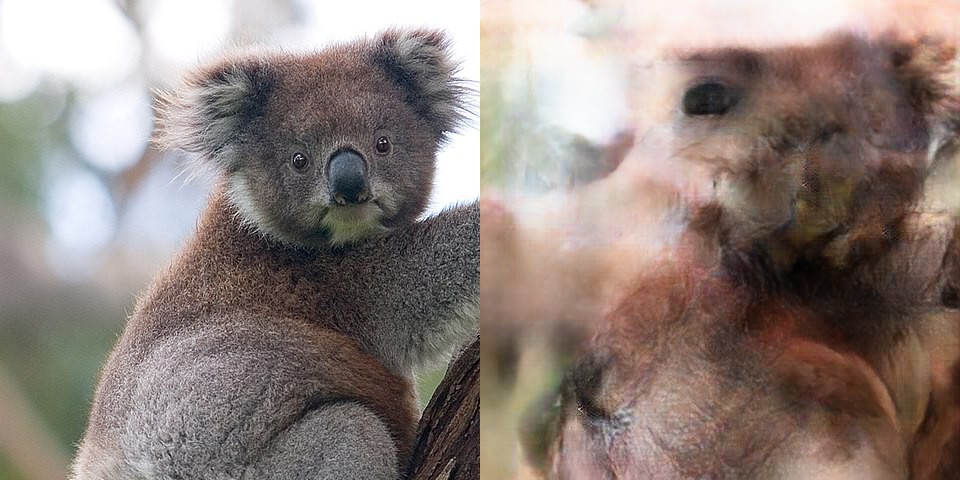More options
In the previous example you saw one query parameter that you can pass return_aligned to receive the original cropped face or not. There are a few other parameters that the API currently exposes:
face_index(default: 0)crop_edges(default: 0)proceed_without_face(default: False)
Indexing faces
One of the json response fields is num_faces this tells you how many faces were detected in the original image. If there are multiple faces in the image then you can toonify all of them by passing an extra query parameter of face_index. This zero based index controls which detected face will be sent for toonifcation.
import requests
url = "https://toonify.p.rapidapi.com/v0/toonify"
query = {
"face_index": 1, # Process the second face in the image
}
headers = {
"x-rapidapi-host": "toonify.p.rapidapi.com",
"x-rapidapi-key": "KEY_HERE",
"accept": "application/json",
}
files = {"image": open("imagefile.jpg", "rb")}
response = requests.request("POST", url, files=files, headers=headers, params=query)
print(response.json())
Cropping edges
The original model processes images at 512x512 pixels. Sometimes these edges are quite low quality, especially if the original image is a tight crop. You can remove these and get a (slightly) faster response time by setting the crop_edges parameter to be greater than 0. Generally 16 is a good value, but multiples of 8 are recommended.
Behaviour when no face is found
The proceed_without_face parameter controls the behaviour if no face is found. By default if no face is found the API returns an error. If you set proceed_without_face to be True, we will simply resize and process the full original image as is, the quality in this case is likely to not be good.

Example with all the options
import requests
url = "https://toonify.p.rapidapi.com/v0/toonify"
headers = {
"x-rapidapi-host": "toonify.p.rapidapi.com",
"x-rapidapi-key": "KEY_HERE",
"accept": "application/json",
}
query = {
"face_index": 1, # Process the second face in the image
"crop_edges": 16, # crop a 16 pixel border from the image
"proceed_without_face": True, # Process even when no face is found
}
files = {"image": open("imagefile.jpg", "rb")}
response = requests.request("POST", url, files=files, headers=headers, params=query)
print(response.json())
Next see tips and considerations in using the API.